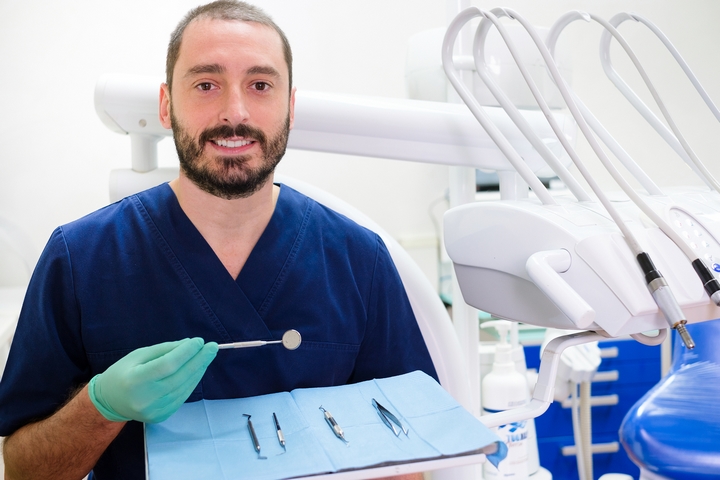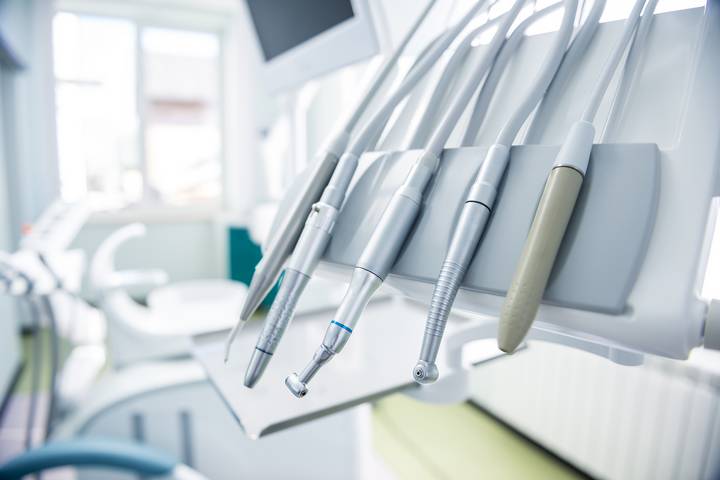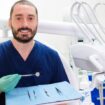
What Are the Critical Items In Dentistry?
Becoming a dentist is a worthy goal and a career path to success. It takes dedication to the craft and the desire to serve others to make a great dentist, but along with your mastery of the discipline comes the need for the necessary infrastructure to operate your business.
Dental equipment and supplies are your tools of the trade, so you must source what you need for daily operations and future requirements. Among the items needed are critical tools for regular and advanced procedures. They can be purchased via a dental supply store.
For those new to dentistry and others interested in learning, these are some of the critical items in dentistry.
Different Types

Critical care items can be broken down into two distinct categories:
Semi-critical care items
These are tools and supplies that, during their intended use, do not penetrate mucus and non-intact skin.
Critical care
These items are used during procedures to penetrate soft and hard tissues and vascular systems.
For clarity, some non-critical items come into contact with skin but do not penetrate mucus membranes, and they may never contact a patient at all.
Semi-critical Items

Semi-critical items used by dentists help them when performing procedures and checkups. When used, they are at lower risk for infection because while they come into contact with mucous membranes and non-intact skin, they won’t penetrate any soft tissues.
Items include:
Dental Mouth Mirror
This tool is one of the most commonly used in dentistry as it allows one to view tooth surfaces. There are many areas where a dentist can’t see directly, so this stainless steel tool can assist when examining a patient’s teeth and the surrounding mouth structures.
Indirect Vision
This allows you to mirror at different, hard-to-see locations.
Retraction
You can retract tissue or the tongue for better accessibility while using other instruments.
Light Reflection
Lighting can’t always reach all areas inside the mouth, so this tool can reflect light to illuminate the oral cavity.
Dental Impression Tray
A dental impression tray is used to create a mould of the teeth and surrounding structures so a dentist can then make a precise model of the patient’s mouth.
Amalgam Condenser
This packing instrument condenses composite or amalgam into prepared cavity areas. A condenser allows maximum adaptation to the cavity walls and condensation to avoid margin exposure.
They need intermediate or low-level disinfection rather than heat sterilization to clean and disinfect these items.
Critical items

Critical care items are usable for more complicated procedures and those that penetrate the soft tissue and bone in the mouth. These include:
Periodontal Scaler
This instrument is used to remove plaque or calculus from teeth. They are implemented above the gingival margin. Scalers come in various shapes and sizes with a scraping edge on both sides of the blade and are either designed as anterior or posterior sickle scalers.
Periodontal Curette
A curette is a hand-activated dental instrument for scaling and root planning. It is used for subgingival calculus removal where plaque is under the gum line. These are typically double-headed with different sizes on each end to better access different areas, and they can be used on the entire tooth.
Dental Scalpel
This is used to make incisions and cut soft tissue in the oral cavity. They also come in various sizes and can be one-use, disposable, and come with a handle and changeable blade.
Dental Bur
A dental bur is for cutting hard tissue like teeth or bones and comes in various sizes, shapes, depths and textures. They are also used for cavity preparation and soft tissue shaping. Dental burs are made of stainless steel, diamond grit, and tungsten carbide.
Aspirating Syringe
This is a dentist’s needle used to inject an anesthetic to freeze or numb and area inside the oral cavity before different procedures. Aspiration is required to ensure the needle placement is correct rather than intravascularly or within a blood vessel.
These items are considered high risk of infection because they come into contact with the bloodstream and penetrate soft tissue and bone. They require heat sterilization after use. If a critical care item can’t be sterilized, it should be considered a one-use item or disposable.
Most of us have had used these items during regular dentist visits and procedures. Understanding what they are and what they do can help ease any anxiety during your visit. Rest assured that your dentist uses the highest quality instruments, items, and supplies when working with you and other patients. The result is that your dentist helps to restore and maintain your smile and those beautiful teeth inside.





